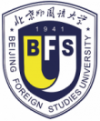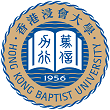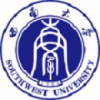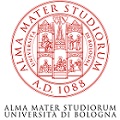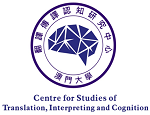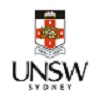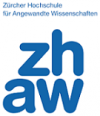Although keylogging opens up many possibilities for studying translation processes, the addition of eye tracking vastly increases our ability to know what kind of process a translator engages in at any given point in time. Following a description of how the Translog software was technologically reshaped in the context of the EU Eye-to-IT project to be able to integrate keylogging and eye tracking, and of how raw eye and key data were represented, an analysis of a small sample of eye and key data results will be presented in a tentative formulation of a recurrent six-step processing micro-cycle which introduces the “anchor” word as a novel concept. It is optimistically suggested that an elementary cycle of the kind suggested could function as the basis both of computational analysis of large volumes of translational eye and key data and could also potentially function as the core of a computational model of human translation.




